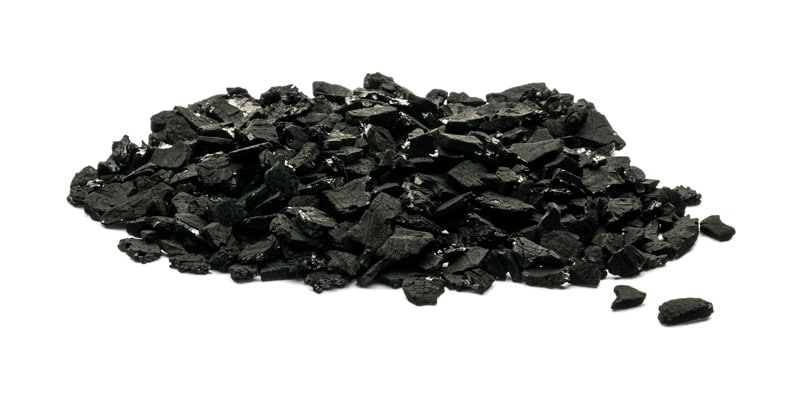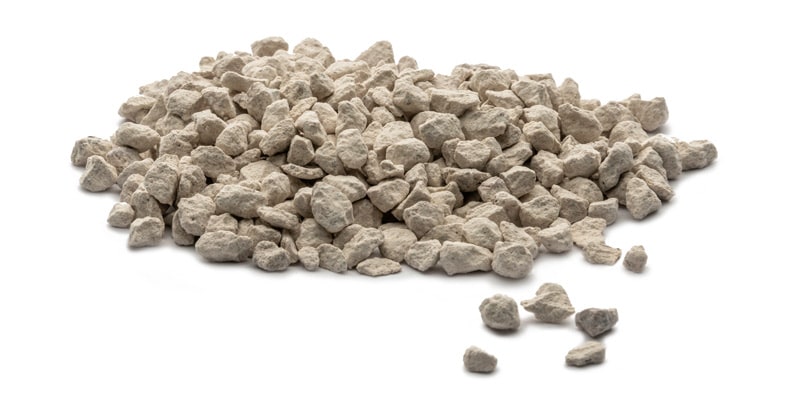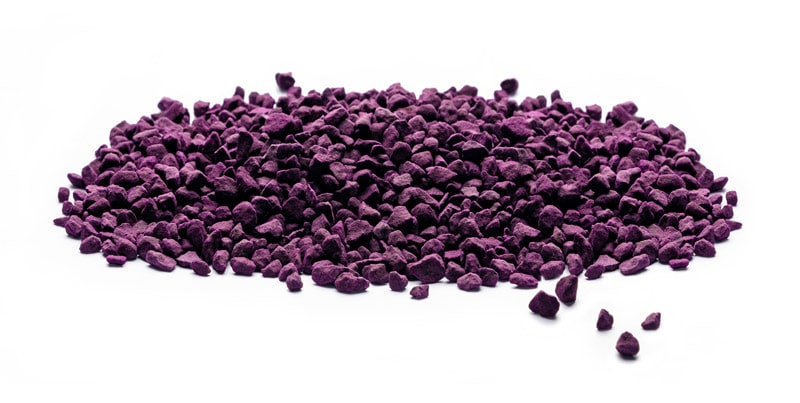Air Pollutants
Search for your pollutant, contaminant or concern for a product
Cellosolve Acetate
Glycol ethers are a group of solvents based on alkyl ethers of ethylene glycol commonly used in paints. These solvents typically have higher boiling point, together with the favorable solvent properties of lower molecular weight of ethers and alcohols. The word “Cellosolve” was registered in 1924 as a United States trademark by Carbide & Carbon Chemicals Corp. (later named Union Carbide Corp.) for “Solvents for Gums, Resins, Cellulose Esters, and the Like”,[1] ; the first one was ethyl cellosolve (ethylene glycol monoethyl ether), with the name now generic[citation needed] for glycol ethers.
Glycol ethers can be also derived of diethylene glycol (carbitols). Acetates of glycols are a similar kind of potent solvents.
Recent study suggests that occupational exposure to glycol ethers is related to low motile sperm count in men,[2] but the finding has been disputed by others.
Media Solution
Cheese
Cheese is a generic term for a diverse group of milk-based food products. Cheese is produced throughout the world in wide-ranging flavors, textures, and forms.
Cheese consists of proteins and fat from milk, usually the milk of cows, buffalo, goats, or sheep. It is produced by coagulation of the milk protein casein. Typically, the milk is acidified and addition of the enzyme rennet causes coagulation. The solids are separated and pressed into final form.[1] Some cheeses have molds on the rind or throughout. Most cheeses melt at cooking temperature.
Hundreds of types of cheese are produced. Their styles, textures and flavors depend on the origin of the milk (including the animal’s diet), whether they have beenpasteurized, the butterfat content, the bacteria and mold, the processing, and aging. Herbs, spices, or wood smoke may be used as flavoring agents. The yellow to red color of many cheeses is from adding annatto.
For a few cheeses, the milk is curdled by adding acids such as vinegar or lemon juice. Most cheeses are acidified to a lesser degree by bacteria, which turn milk sugars intolactic acid, then the addition of rennet completes the curdling. Vegetarian alternatives to rennet are available; most are produced by fermentation of the fungus Mucor miehei, but others have been extracted from various species of the Cynara thistle family.
Cheese is valued for its portability, long life, and high content of fat, protein, calcium, and phosphorus. Cheese is more compact and has a longer shelf life than milk.Cheesemakers near a dairy region may benefit from fresher, lower-priced milk, and lower shipping costs. The long storage life of some cheese, especially if it is encased in a protective rind, allows selling when markets are favorable.
Media Solution
Chlorine
Chlorine (![]() /ˈklɔəriËn/ klohr-een; from Ancient Greek: χλωÏóς khlôros ”pale green”) is the chemical element with atomic number 17 and symbol Cl. It is the second lightest halogen, found in the periodic table in group 17. The element forms diatomic molecules under standard conditions, called dichlorine. It has the highest electron affinity and the third highestelectronegativity of all the elements; for this reason, chlorine is a strong oxidizing agent.
/ˈklɔəriËn/ klohr-een; from Ancient Greek: χλωÏóς khlôros ”pale green”) is the chemical element with atomic number 17 and symbol Cl. It is the second lightest halogen, found in the periodic table in group 17. The element forms diatomic molecules under standard conditions, called dichlorine. It has the highest electron affinity and the third highestelectronegativity of all the elements; for this reason, chlorine is a strong oxidizing agent.
The most common compound of chlorine, sodium chloride, has been known since ancient times; however, around 1630, chlorine gas was obtained by the Belgian chemist and physician Jan Baptist van Helmont. The synthesis and characterization of elemental chlorine occurred in 1774 by Swedish chemist Carl Wilhelm Scheele, who called it “dephlogisticated muriatic acid air,” having thought he synthesized the oxide obtained from the hydrochloric acid. Because acids were thought at the time to necessarily contain oxygen, a number of chemists, including Claude Berthollet, suggested that Scheele’s dephlogisticated muriatic acid air must be a combination of oxygen and the yet undiscovered element, and Scheele named the supposed new element within this oxide as muriaticum. The suggestion that this newly discovered gas was a simple element was made in 1809 by Joseph Louis Gay-Lussac and Louis-Jacques. This was confirmed by Sir Humphry Davy in 1810, who named it chlorine, from the Greek word χλωÏος (chlÅros), meaning “green-yellow.”
Chlorine is a component of various compounds, including table salt. It is the second most abundant halogen and 21st most abundant chemical element in Earth’s crust. The great oxidizing potential of chlorine led it to its bleaching and disinfectant uses, as well as uses of an essential reagent in the chemical industry. As a common disinfectant, chlorine compounds are used in swimming pools to keep them clean and sanitary. In the upper atmosphere, chlorine-containing molecules such as chlorofluorocarbons have been implicated inozone depletion. Elemental chlorine is extremely dangerous and poisonous for all lifeforms; however, chlorine is necessary to most forms of life, including humans, in form of chlorideions.
Media Solution
Chlorobenzene
Chlorobenzene is an aromatic organic compound with the chemical formula C6H5Cl. This colorless, flammable liquid is a common solvent and a widely used intermediate in the manufacture of other chemicals.
Media Solution
Chlorobutadiene
Chloroprene is the common name for the organic compound 2-chlorobuta-1,3-diene, which has the formula CH2=CCl-CH=CH2. This colorless liquid is the monomer for the production of the polymer polychloroprene, a type of synthetic rubber. Polychloroprene is better known to the public as Neoprene, the trade name given by DuPont.
Media Solution
Chloroform
Chloroform is an organic compound with formula CHCl3. It is one of the four chloromethanes.[1] The colorless, sweet-smelling, dense liquid is a trihalomethane, and is considered somewhat hazardous. Several million tons are produced annually as a precursor to Teflon and refrigerants, but its use for refrigerants is being phased out.
Media Solution
Chloronitropropane
Media Solution
Chlorophenol
A chlorophenol is any organochloride of phenol that contains one or more covalently bonded chlorine atoms. Chlorophenols are produced by electrophilic halogenation of phenol withchlorine. Most chlorophenols have a number of different isomers. Monochlorophenols have three isomers because there is only chlorine atom which can occupy one of three ring positions on the phenol molecule; 2-chlorophenol, for example, is the isomer that has a chlorine atom in the ortho position. Pentachlorophenol, by contrast, has only one isomer because all five available ring positions on the phenol are fully chlorinated.
Chlorophenols are commonly used as pesticides, herbicides, and disinfectants.
Media Solution
Chloropicrin
Chloropicrin, also known as PS, is a chemical compound with the structural formula Cl3CNO2. This colourless highly toxic liquid was once used in chemical warfare and is currently used as a fumigant and nematicide as a stand alone treatment or in combination / co-formulation with methyl bromide and 1,3-Dichloropropene.
Media Solution
Coal Smoke
SULFUR DIOXIDE
The sulfur in coal forms this gas, which gives rise to acid rain when it reacts with water in clouds.
Many plants control sulfur emissions by burning low-sulfur coal and
passing the exhaust through scrubbers,
which capture sulfur dioxide.
NITROGEN OXIDES
The heat of power- plant burners turns nitrogen from the air into nitrogen oxides, which can contribute to acid rain and groundlevel ozone.
Pollution controls on many plants limit nitrogen oxide emissions.
MERCURY
The traces of mercury in coal escape in power-plant exhaust.
Falling hundreds of miles away in rain or snow, the mercury builds up in fish, making some species unsafe for children and pregnant women.
CARBON DIOXIDE
Coal produces more CO2 per energy unit than any other fossil fuel.
CO 2 is a green-house gas, affecting climate by trapping heat that would otherwise escape to space.
Power plants today release all their CO2 into the atmosphere.
PARTICULATES
Particles from coal- burning plants can harm people who have heart and breathing disorders.
Soot and ash are captured before they go up the stacks, but finer particles can form later, from oxides of sulfur and nitrogen
 HS-AC
HS-AC
 HS-CL
HS-CL
 HS-600
HS-600